I'm trying to remove the black background from this image:
in order to keep only the text and help Tesseract to recognize the image at its best. I'm doing it as follows
img = cv2.imread(path_to_image)
hh, ww = img.shape[:2]
gray = cv2.cvtColor(img, cv2.COLOR_BGR2GRAY)
_, thresh = cv2.threshold(gray, 1, 255, cv2.THRESH_BINARY)
contours = cv2.findContours(thresh, cv2.RETR_EXTERNAL, cv2.CHAIN_APPROX_SIMPLE)
contours = contours[0] if len(contours) == 2 else contours[1]
cnt = max(contours, key=cv2.contourArea)
# draw white contour on black background as mask
mask = np.zeros((hh, ww), dtype=np.uint8)
cv2.drawContours(mask, [cnt], 0, (255, 255, 255), cv2.FILLED)
# invert mask so shapes are white on black background
mask_inv = 255 - mask
# create new (white) background
bckgnd = np.full_like(img, (255, 255, 255))
# apply mask to image
image_masked = cv2.bitwise_and(img, img, mask=mask)
# apply inverse mask to background
bckgnd_masked = cv2.bitwise_and(bckgnd, bckgnd, mask=mask_inv)
# add together
result = cv2.add(image_masked, bckgnd_masked)
and this is what I get:
I still get a piece of the boundary of the popup that add noise to the reading of the image with Tesseract. I thought I would have removed also that piece of the image with the code that I posted and I don't know why it still remains after the process



